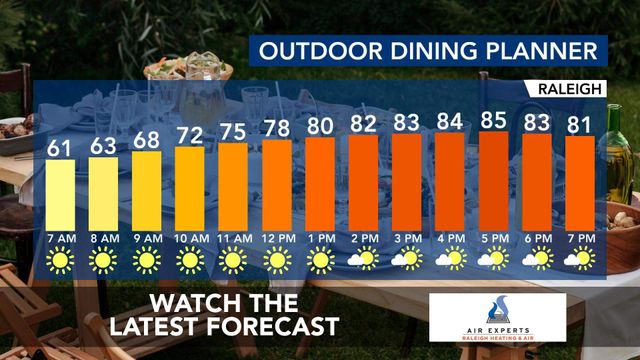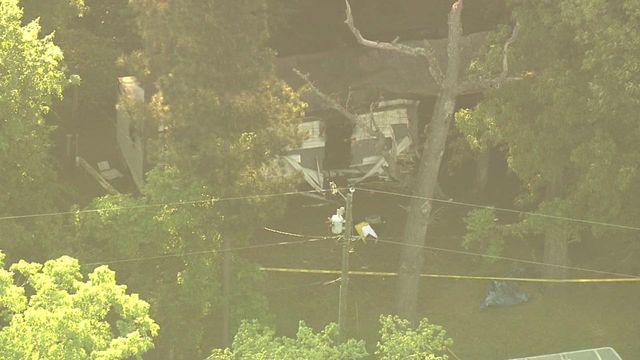The surprising connection between a Raleigh neighborhood and the Catholic Church

This article was written for our sponsor, the Catholic Diocese of Raleigh.
Just west of downtown Raleigh lies a neighborhood like many others in the area, populated with shopping centers, gas stations and apartment complexes. It forms a bit of a peninsula into the campus of North Carolina State University, surrounded by undergraduate housing and student hangouts.
It may come as a surprise, then, to learn of its history as a 600-acre area named Nazareth, a place that still holds meaning for the Catholic Church in North Carolina.
Early on, the Mission Valley neighborhood was an African American community, where many families lived until the 1980s, said Monsignor Jerry Lewis, the historian for the Catholic Diocese of Raleigh. North Carolina's first native-born Catholic priest, Father Thomas Frederick Price, bought property there in the 1890s and worked with the residents to rename the area Nazareth.
Price was "incredibly energetic and idealistic," said Bill Powers, author of "Tar Heel Catholics: A History of Catholicism in North Carolina." He had plans to start both an orphanage and a seminary.
While the seminary didn't work out, the orphanage was a success and cared for as many as 350 children at a time, during its existence of about a century.
The land that Price acquired was a farm, and it continued to operate as a cattle farm and gardens to benefit the neighborhood and the children who lived at the orphanage.
"It was a productive area as well as a very scenic area," said Lewis.
The Catholic Church benefited the neighborhood and its environs in a variety of ways, including that it provided work opportunities, Lewis said.
"The church employed a number of families in the laundry, the kitchen, doing cooking, bus driving, that sort of thing when the orphanage was happening," said Lewis. "The Mercy Sisters of Belmont took care of the children, and there was a priest supervisor."
Price, who was eager to share the message of Catholicism with everyone, worked for 20 years in North Carolina and then turned his attention to foreign ministry. In 1911, he and another priest founded what would become the Maryknoll Fathers and Brothers, an organization "dedicated to missionary work overseas in over 20 countries," according to its website. To supervise the work, Price moved to China, where he eventually passed away.
Now, Price is being considered for sainthood, a lengthy process that began in 2012.
"We are in the very first step of the process," said Lewis. "We have petitioned the Congregation (for the Causes of Saints) in Rome to begin the process, and they have approved that part, and our commission here did a complete study of all of Father Price's writings and have verified and certified that and have sent everything to Rome."
The neighborhood Price envisioned and helped to build has changed a great deal over the years. One bishop leased some of the land to a shopping area. Another 75 acres became part of North Carolina State University's campus. But it is still a special place, sacred ground, even, Powers said.
The dream of building a cathedral there was realized in 2017, and it shines out "like a beacon of light over Raleigh," Powers said. It is a symbol of how strong the church has become in North Carolina, with two dioceses in the state and hundreds of thousands of believers.
Throughout all of the ministries and community work the diocese is involved in, it remains dedicated to its mission to provide help to those in need by alleviating the effects of poverty while also fostering hope by developing transformational solutions.
This article was written for our sponsor, the Catholic Diocese of Raleigh.











